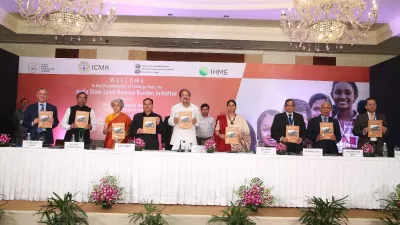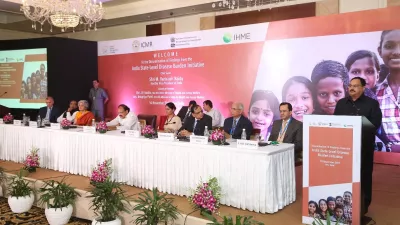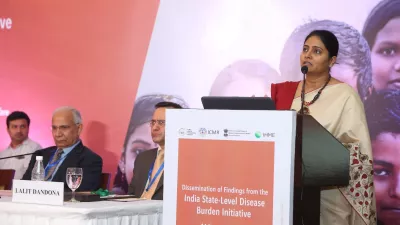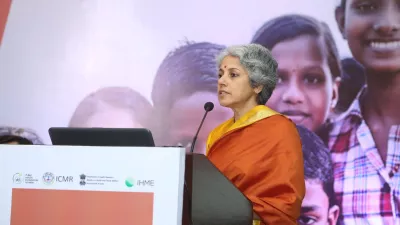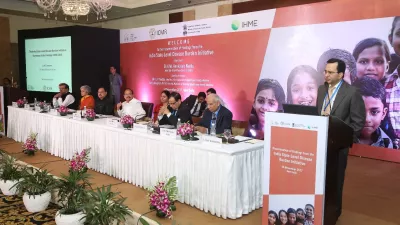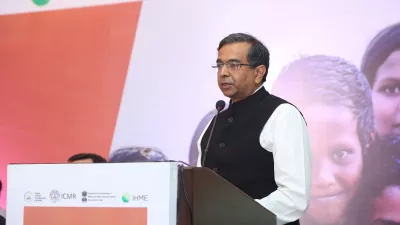Disease burden initiative in India
The India State-Level Disease Burden Initiative is a collaboration between the Indian Council of Medical Research (ICMR), the Public Health Foundation of India (PHFI), IHME, and experts from across India.
Photo by Adnan Abidi, Reuters.
What are the major findings?
The per person disease burden, measured as disability-adjusted life year (DALY) rate, dropped in India by 36% from 1990 to 2016, but there are major inequalities among the states with the per person DALY rate varying almost two-fold between them.
- The results show that non-communicable diseases and injuries together have overtaken infectious and childhood diseases in terms of disease burden in every state of the country, but the magnitude of this transition varies markedly between the poor states and the wealthier states.
- In the wealthiest states, this transition took place about 30 years ago, but in the poorest states this transition has taken place only over the past few years.
- It is important to note, though, that diarrheal diseases, lower respiratory infections, iron-deficiency anemia, neonatal disorders, and tuberculosis still continue to be major public health problems in many poorer northern states.
The contribution of most major non-communicable disease categories to the total disease burden has increased in all states since 1990. These include cardiovascular diseases, diabetes, chronic respiratory diseases, mental health and neurological disorders, musculoskeletal disorders, cancers, and chronic kidney disease.
The contribution of injuries to the total disease burden has also increased in most states since 1990, with the leading ones being road injuries, suicides, and falls.
Overall, the state-specific DALY rates for many leading individual disease conditions vary five- to 10-fold between the states, and major differences are also observed for individual diseases between neighboring states that are at similar levels of development.
The study highlights undernutrition, air pollution, and a group of risks causing cardiovascular disease and diabetes as the major risk factors contributing to health loss in the country.
A group of risk factors including unhealthy diet, high blood pressure, high fasting plasma glucose, high cholesterol, and overweight have increased in every state of India; these risks together now contribute a quarter of the total disease burden in the country.
GBD India Compare

India country profile
Country profiles provide an overview of findings from the Global Burden of Disease (GBD), including forecasts for population size, life expectancy, causes of death, and more. They are generated using over 80,000 data sources to produce the most scientifically rigorous estimates possible.
View India profile


